
Data Graphics
Click here to for a printable PDF of all the Graphics found in the Abortion Clinic Track

Abortion is provided in 1587 facilities including hospitals, Planned Parenthoods, independent clinics and private doctors offices

Abortion Clinic professionals include physicians, nurses, medical assistants, administrative professionals, and volunteers
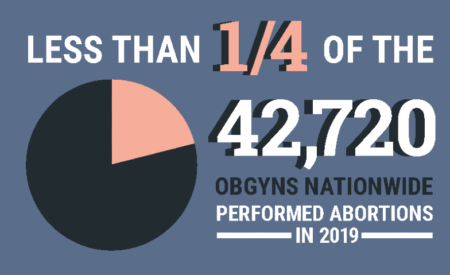
Less than 1/4 of the 42,720 OBGYNs nationwide performed abortions in 2019
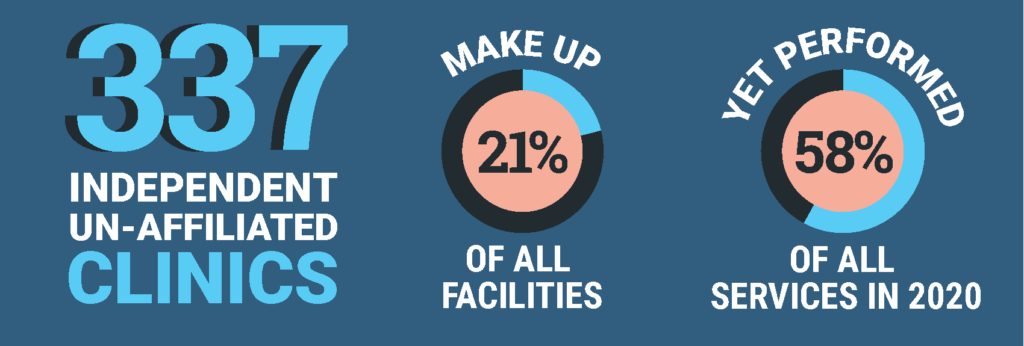
337 independent clinics make up 21% of all facilities yet performed 58% of all services in 2020
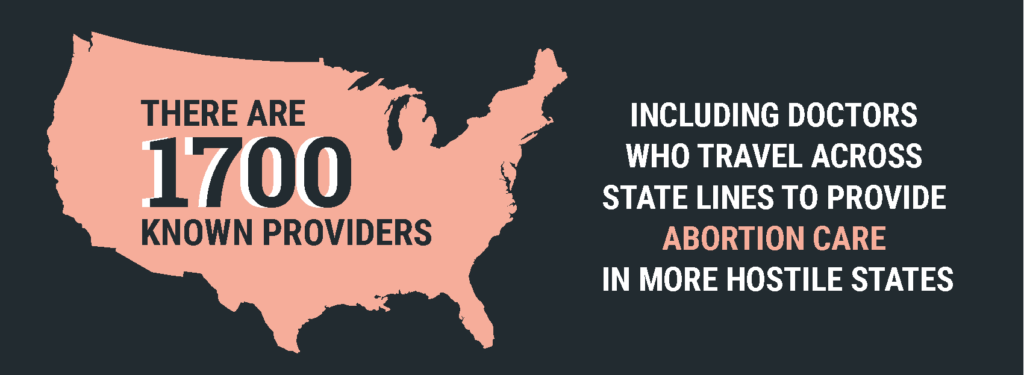
There are 1,700 known providers, including doctors who travel across state lines to provide abortion care in more hostile states
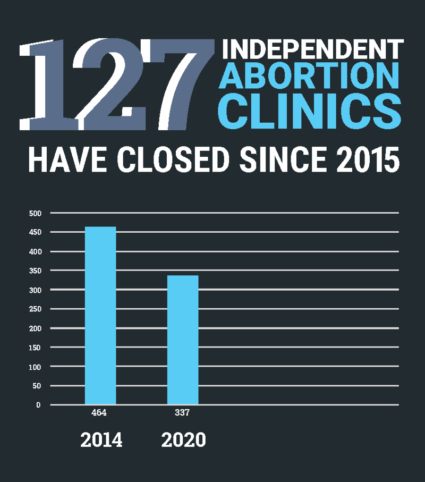
127 independent abortion clinics have closed since 2015
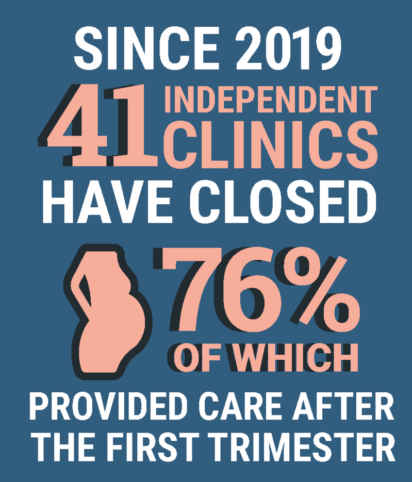
Since 2019 41 independent clinics have closed, 76% of which provided care after the first trimester
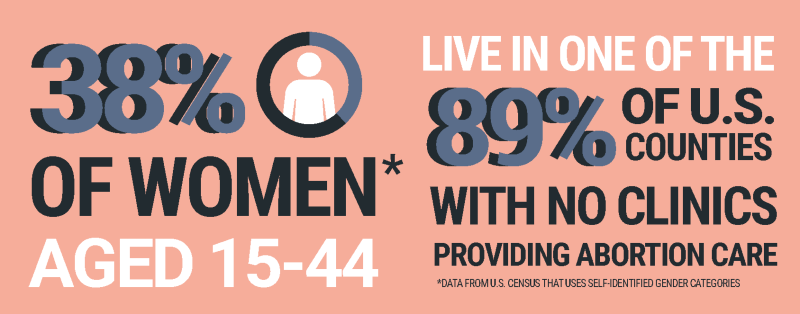
38% of women* aged 15-44 lived in one of the 89% of U.S. counties with no clinics providing abortion care.
*Data from U.S. census that uses self-identified gender categories

In 27 U.S. cities with populations greater than 50,000, people have to travel more than 100 miles to access the nearest abortion provider
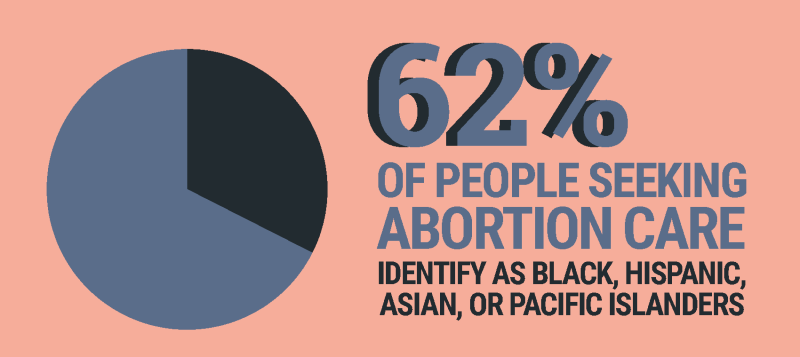
62% of people seeking abortion care identify as Black, Hispanic, Asian, or Pacific Islanders
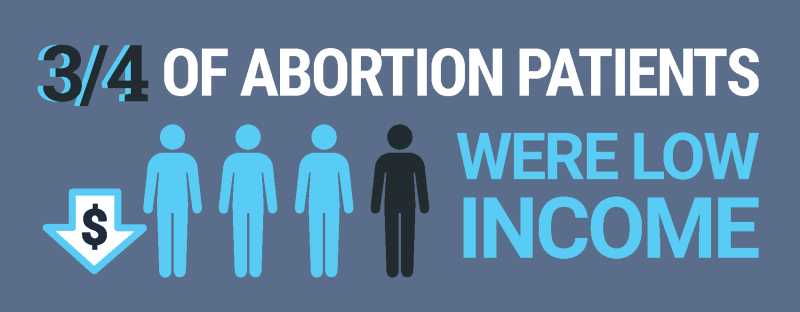
Three-quarters (¾) of abortion patients were low income

People denied abortions are less likely to be employed full time, more likely to receive public assistance
It also quadrupled the odds that the parent and child will live below the federal poverty line

57% of clinics reported an anticipated financial loss of at least $25,000/month due to Covid-19
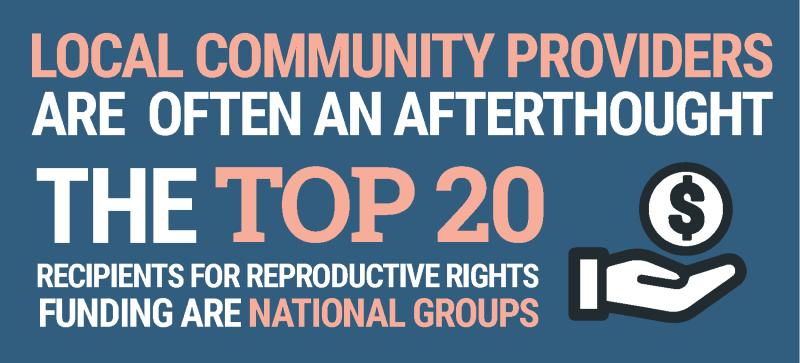
Local community access providers are often an afterthought – the top 20 recipients
for reproductive rights funding are national groups

Only 22 of the 113 clinics in the Abortion Care Network are registered nonprofits. Together, they received $15 million from philanthropy (2015-2018) or less than $200,000/year each.